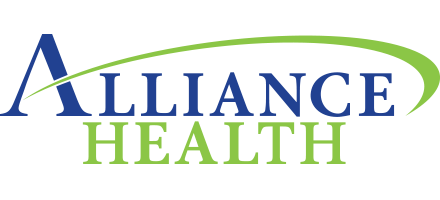Movement is Medicine: 3 Common Weaknesses Found in Runners
It’s the time of year again when our runners in the Central Valley are preparing for the annual Two Cities half and full marathons. Over the weeks of training we have been supporting the running community through monthly seminars and movement screening.
Here are the 3 most common weaknesses we find in runners that could lead to potential injury.
Decreased ankle mobility: Lack of ankle range of motion can lead to many possible injuries of the foot such as achilles tendonitis, plantar fasciitis, and shin splints. Ankle mobility can be restricted due to muscle tightness or joint tightness.
Here is our quick go to for both checking to see if you have ankle limitations and some suggestions on how to improve.
As your ankle range of motion improves you are going to want to maintain it. One of our tricks of the trade is to work a muscle on the opposite side of a joint to get relaxation of the muscle we want. This is called reciprocal inhibition (RI). RI is a great way to follow up after completing mobility work. Working the antagonist muscle will help you gain both range of motion AND improved strength and endurance.
In standing position with your knee slightly bent, lift your toes and take 10 shuffle steps forward and backward keeping your toes lifted and your knees bent. This exercise strengthens to front of your shin and helps to maintain ankle mobility. Perform 2 sets of 10 forward and backward shuffling steps.
Hip flexor tightness: The hip flexor muscle connects from the lower back to the hip. This muscle is commonly tight in people who sit for many hours a day due to work. To assess your hip mobility lie on the very edge of your bed, with your bottom barely on the edge. Bring both knees to your chest. Hold one knee tight and lower the opposite leg down as far as it will go. The thigh that is hanging down should lie at least flat if not lower – be sure your low back is not arching.
Gluteus medius (GM) weakness: GM weakness is by far the most common weakness we see in runners. The GM is part of the gluteal complex and is a major stabilizer of the hip. The GM muscle holds our pelvis level when we are standing on one leg. As you can imagine it is critical for this muscle to have good strength and endurance in runners.
Spending just 10 minutes 1-2 times per day to gain range of motion or to work on gaining strength in specific areas will support all your training and help keep you injury free.
Learn more about movement, fitness and health in this space each week or by visiting www.alliancehealthfresno.com, or calling 478-5833. Dr. Maria Fermoile is a doctor of physical therapy at Alliance Health in Fresno. She will be happy to answer questions submitted to maria@alliancehealthfresno.com.



